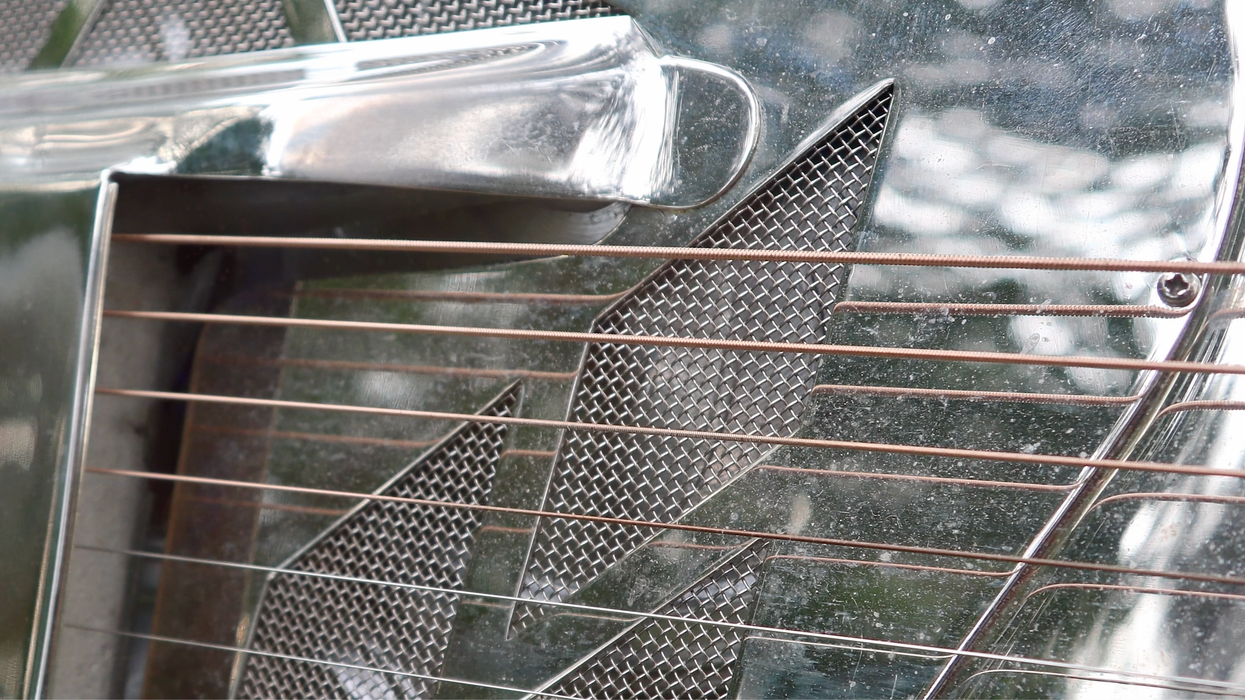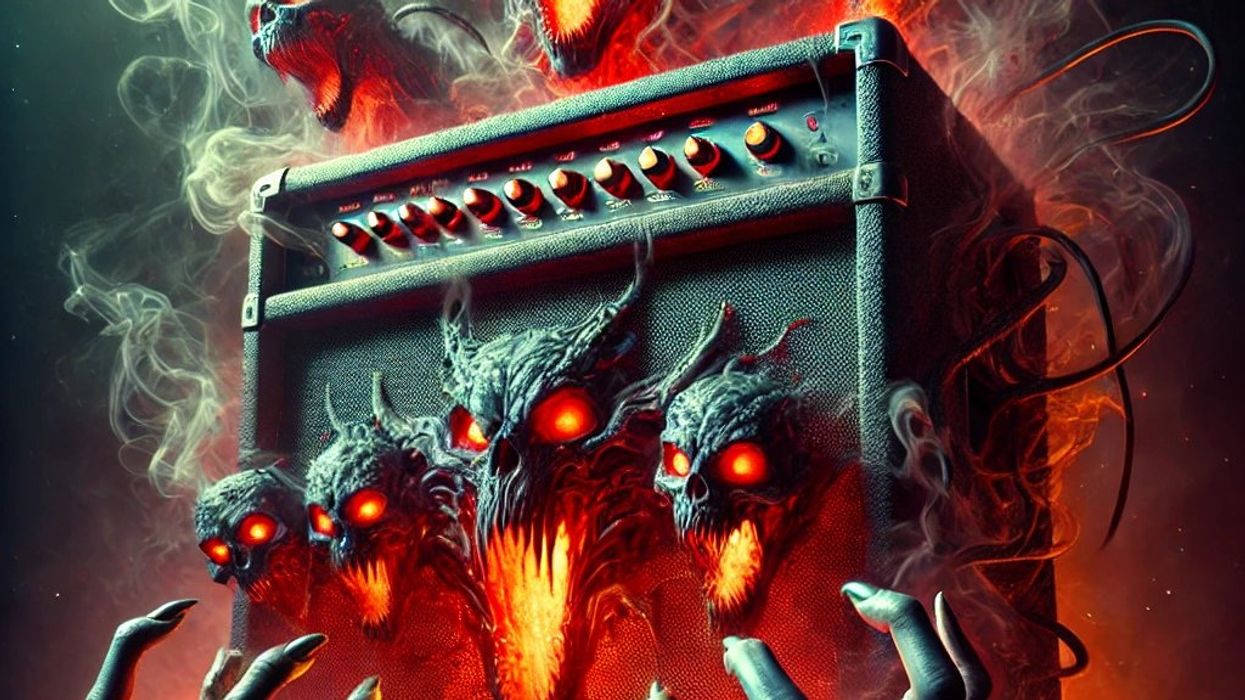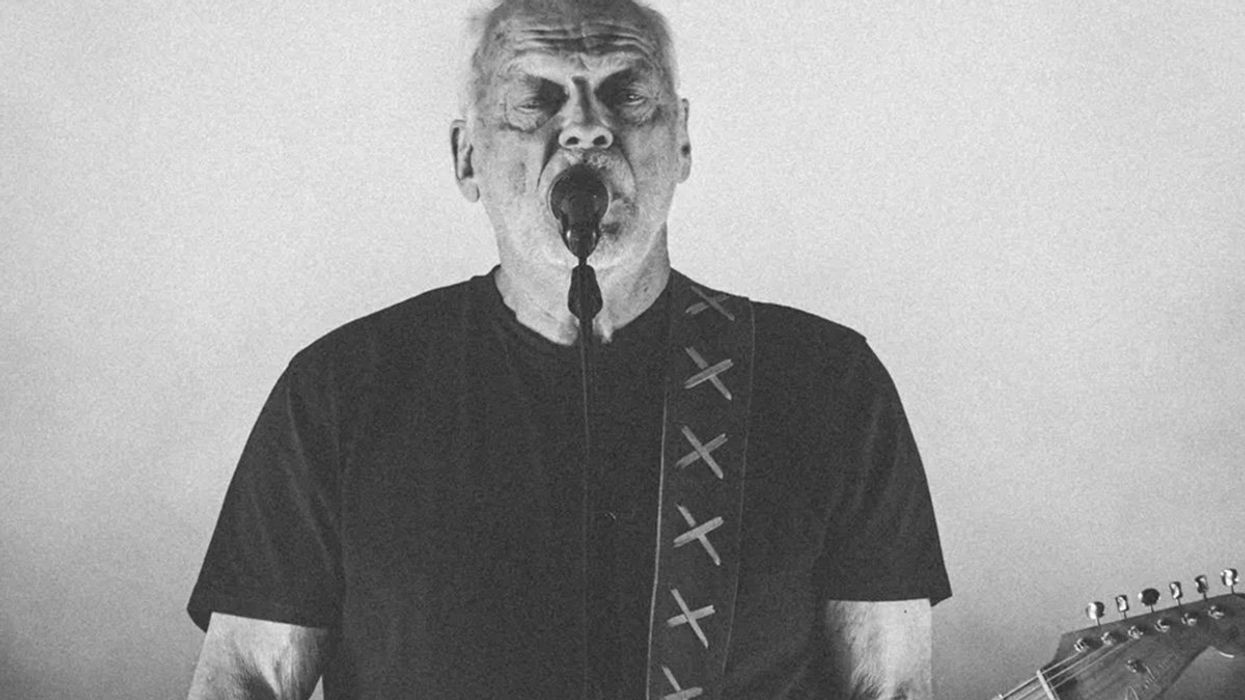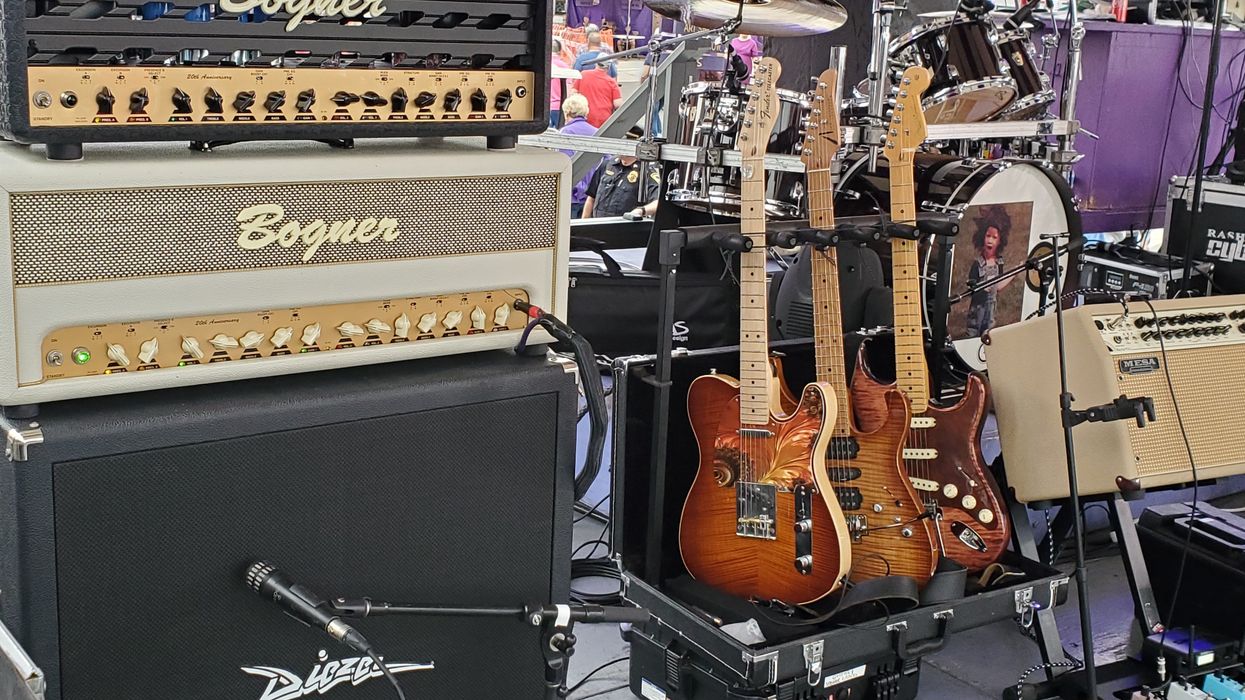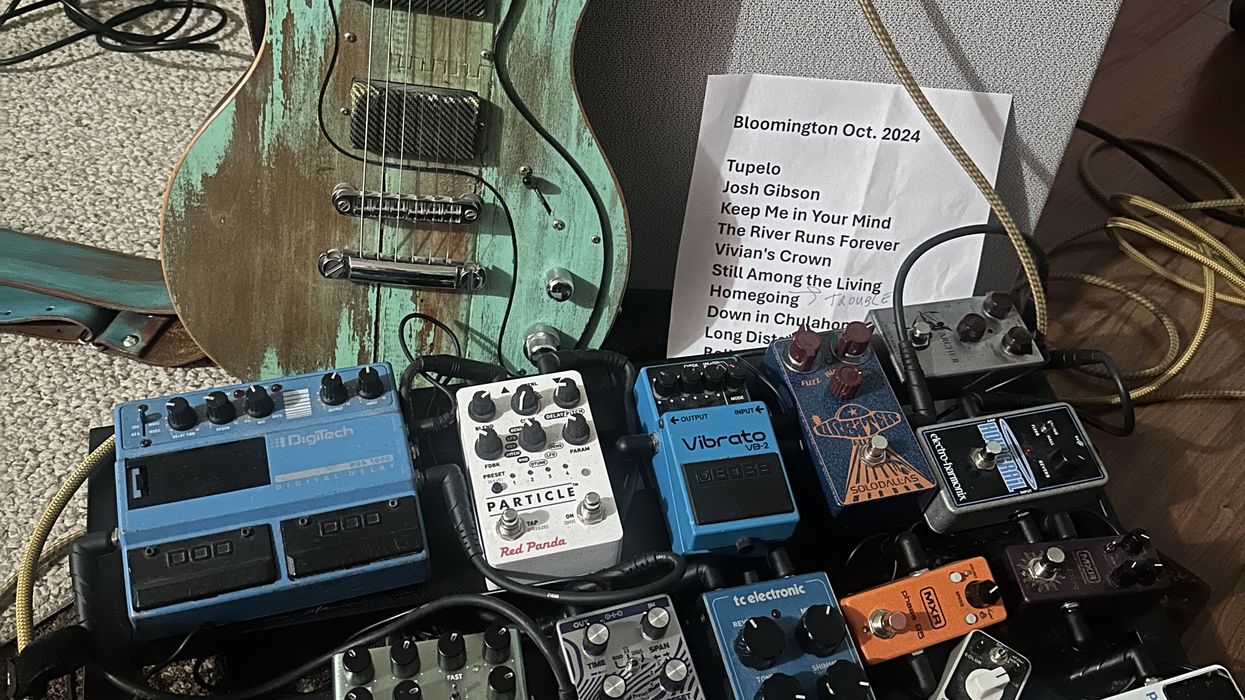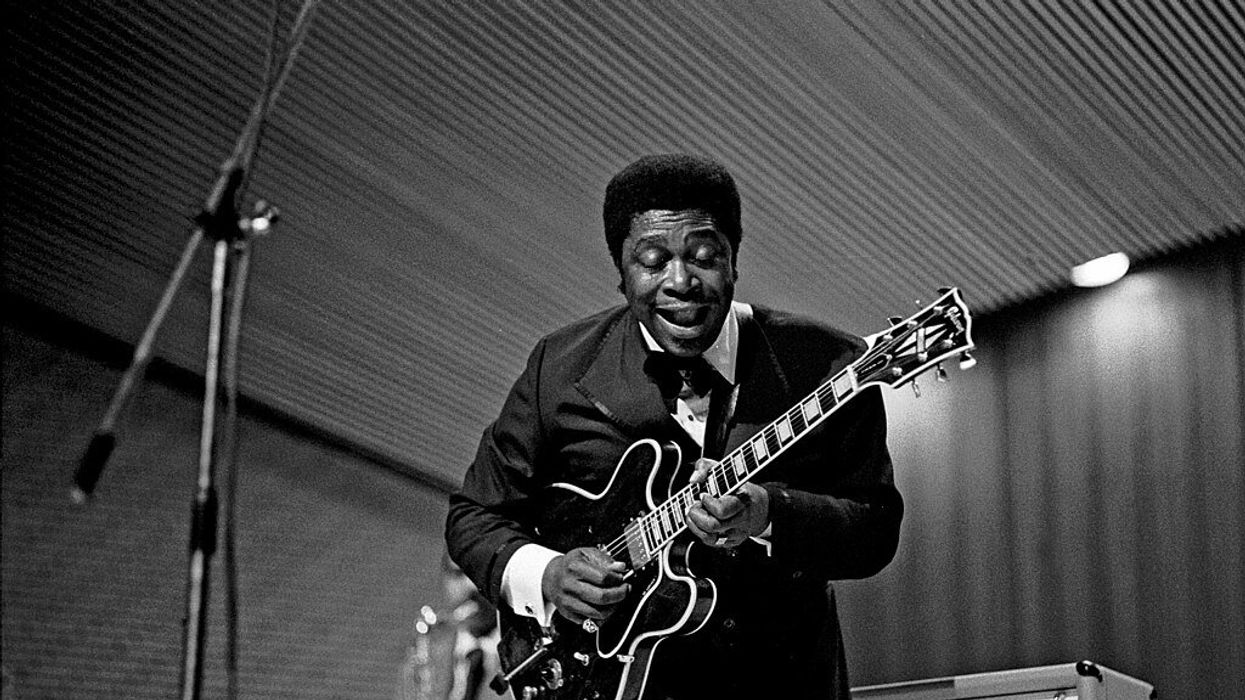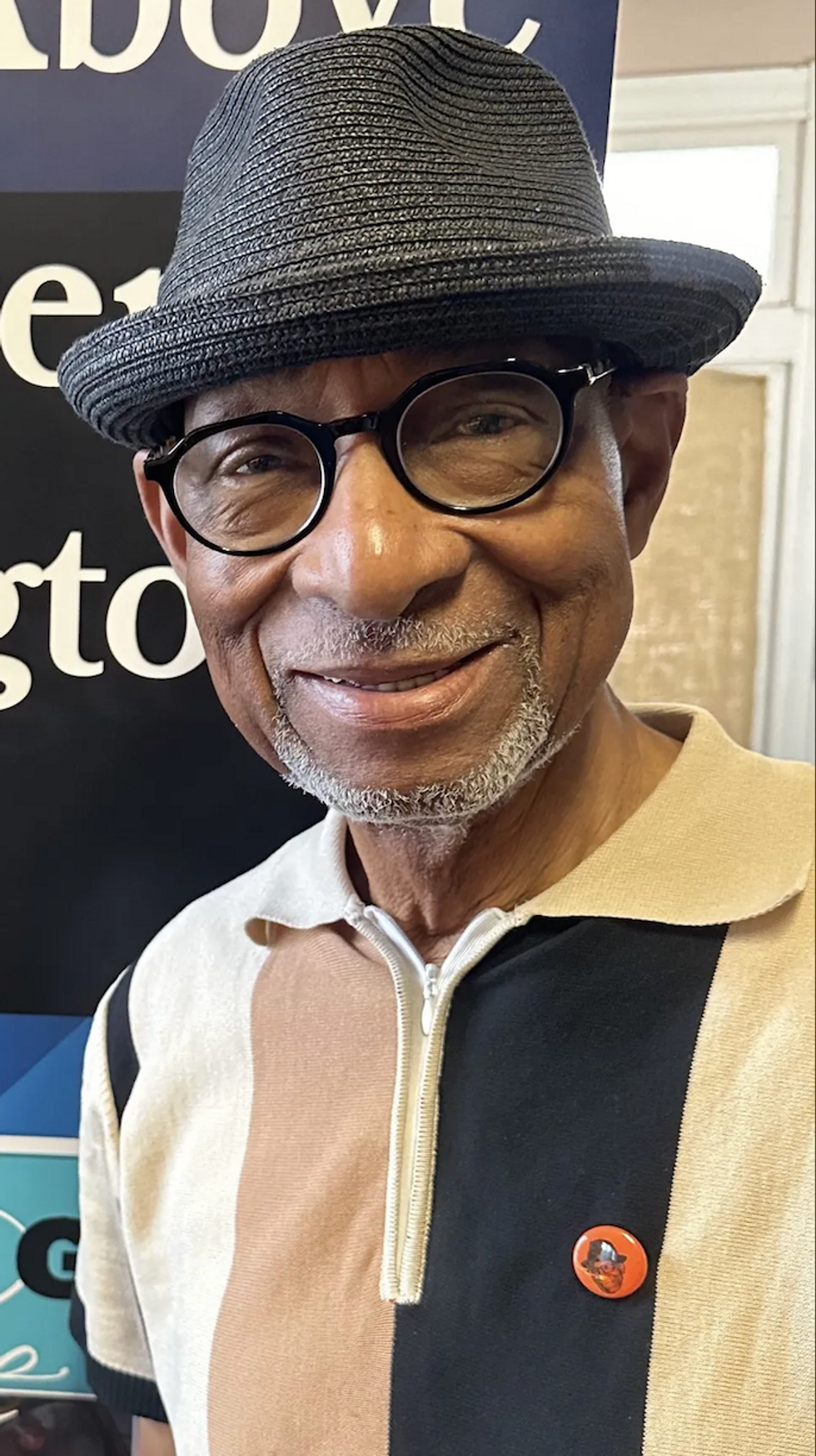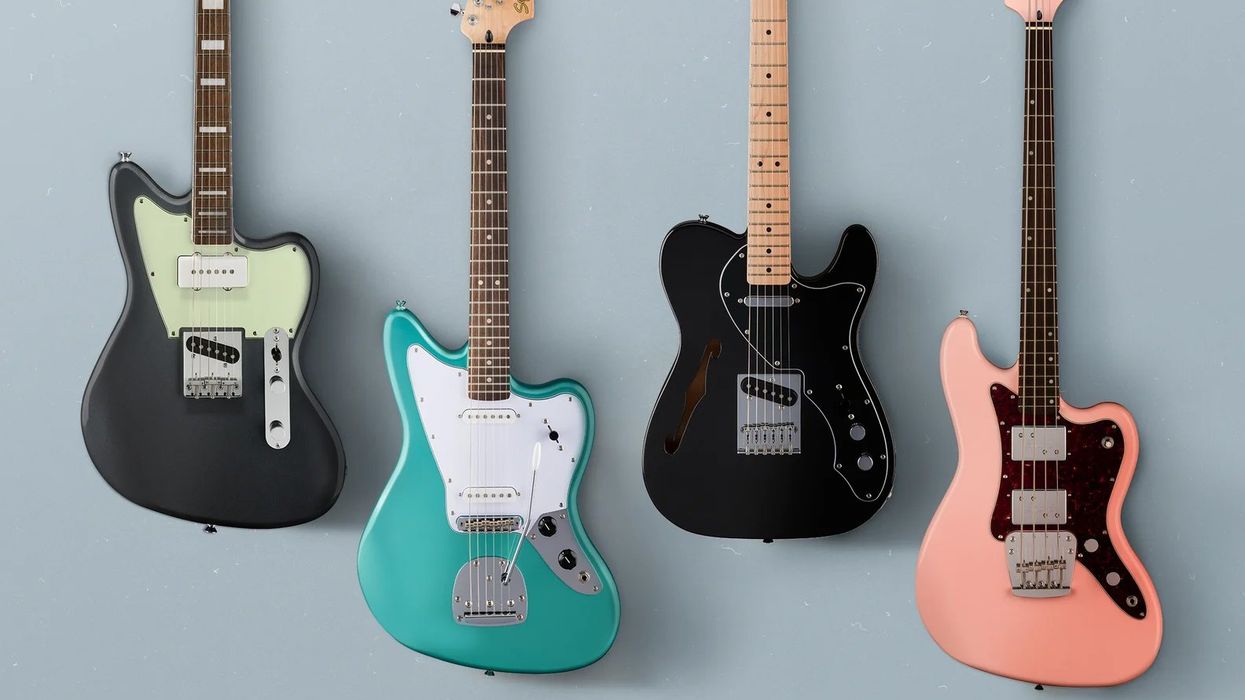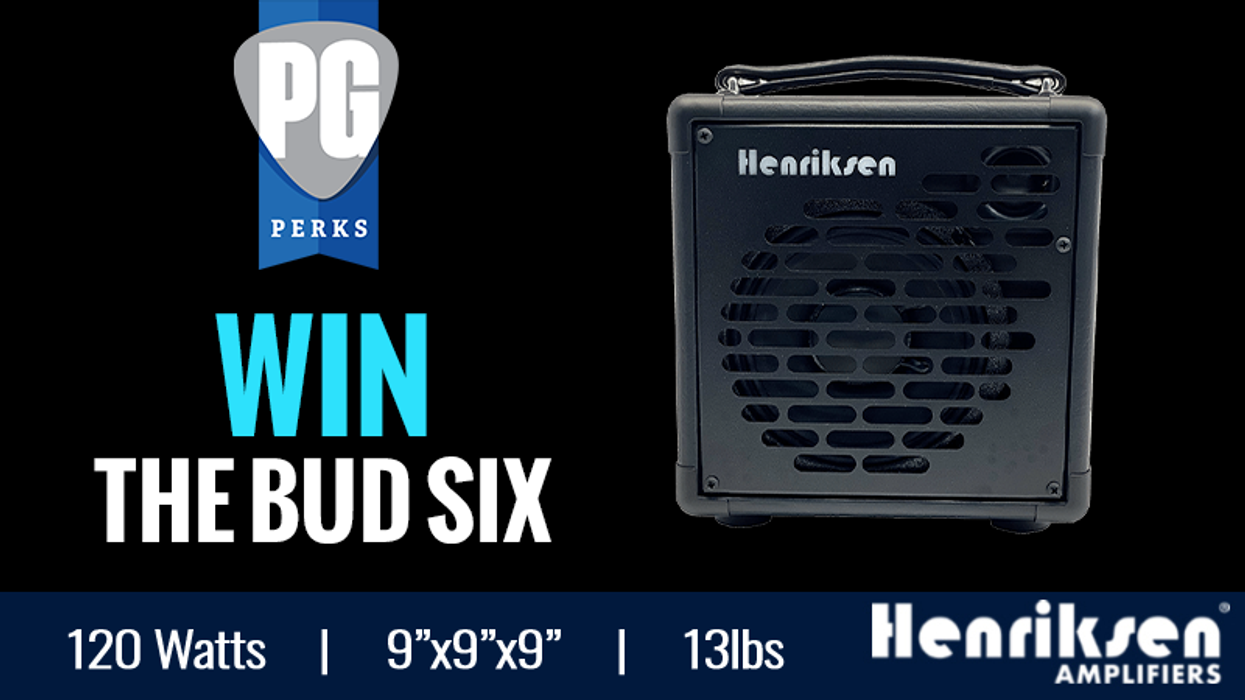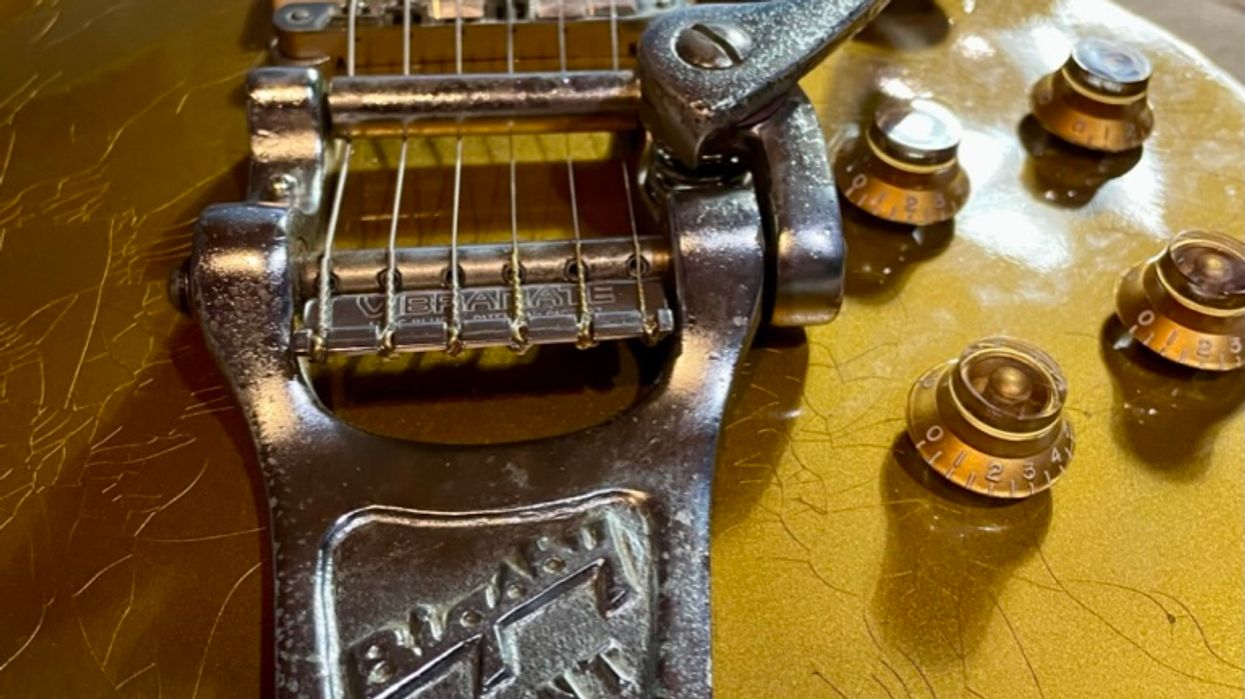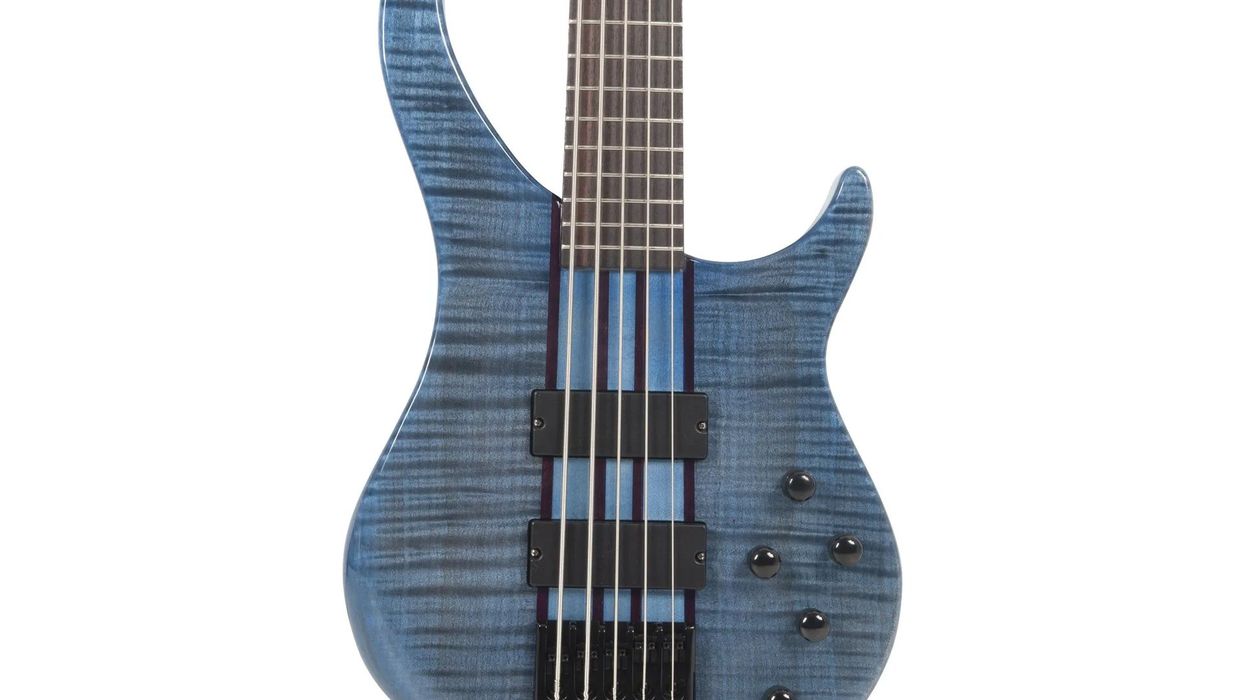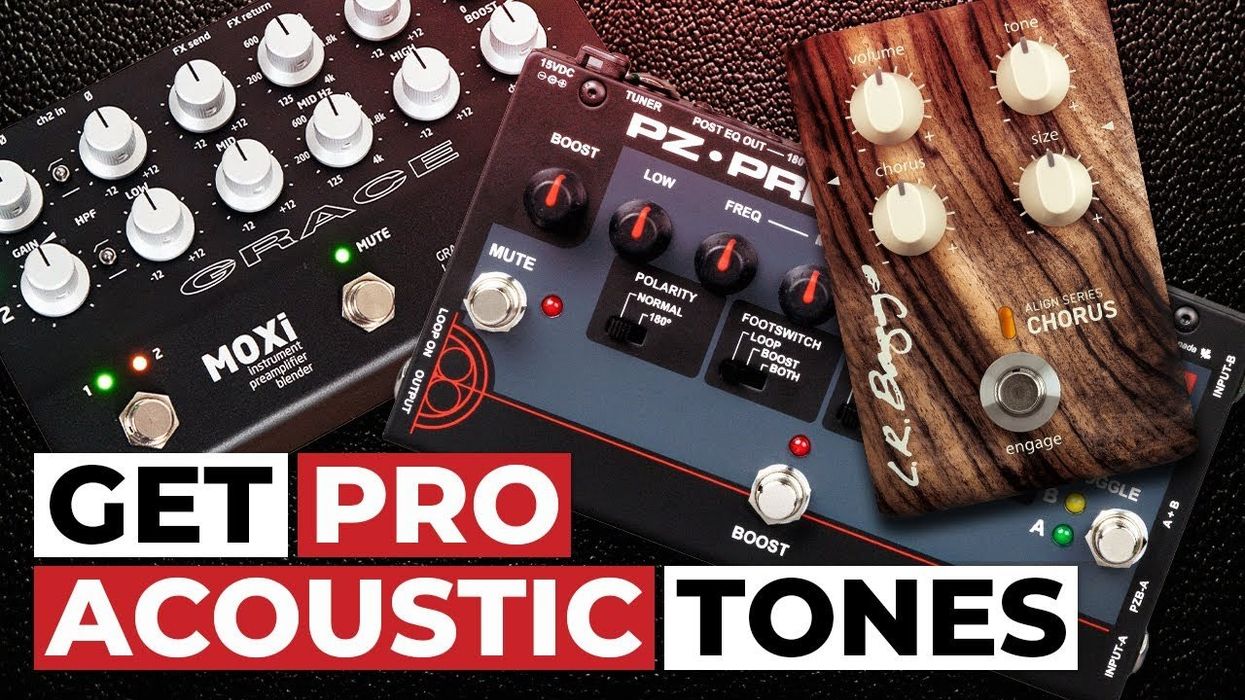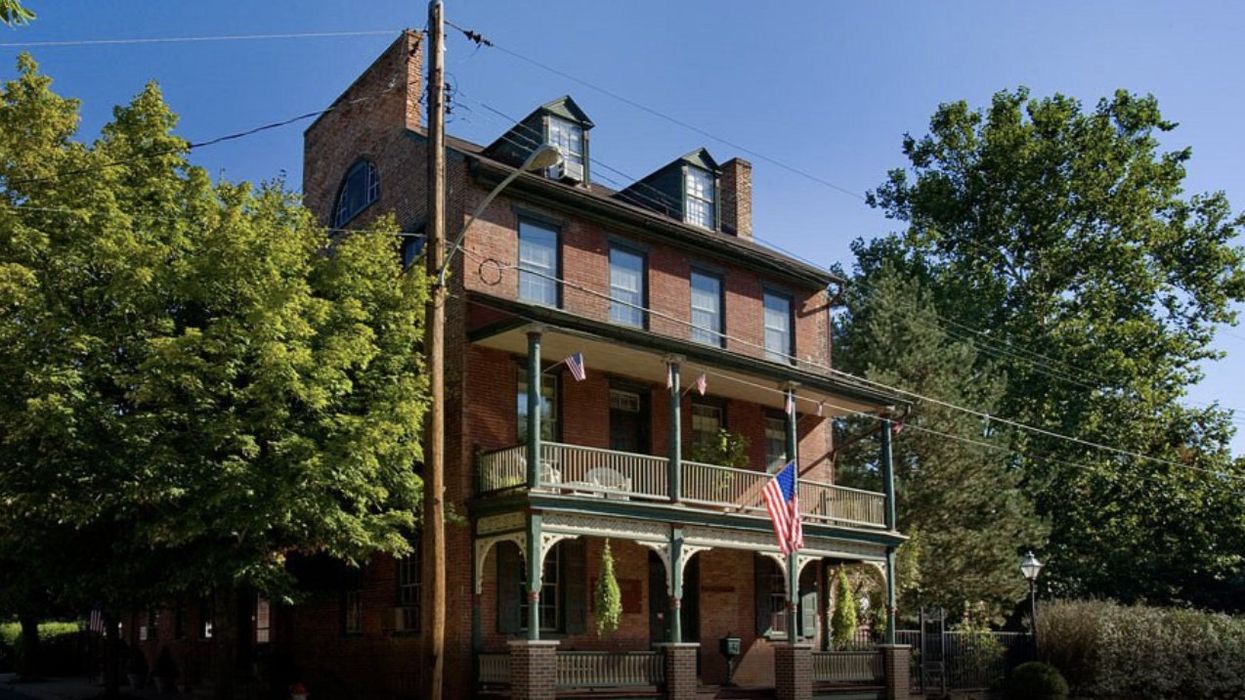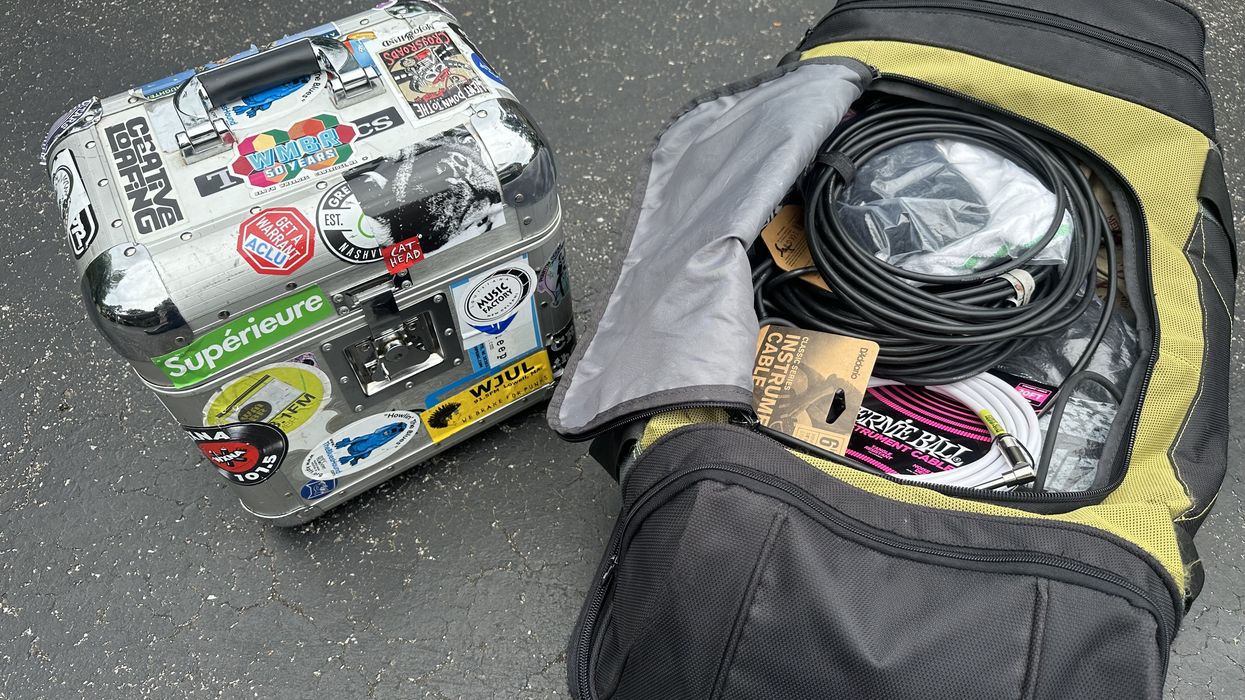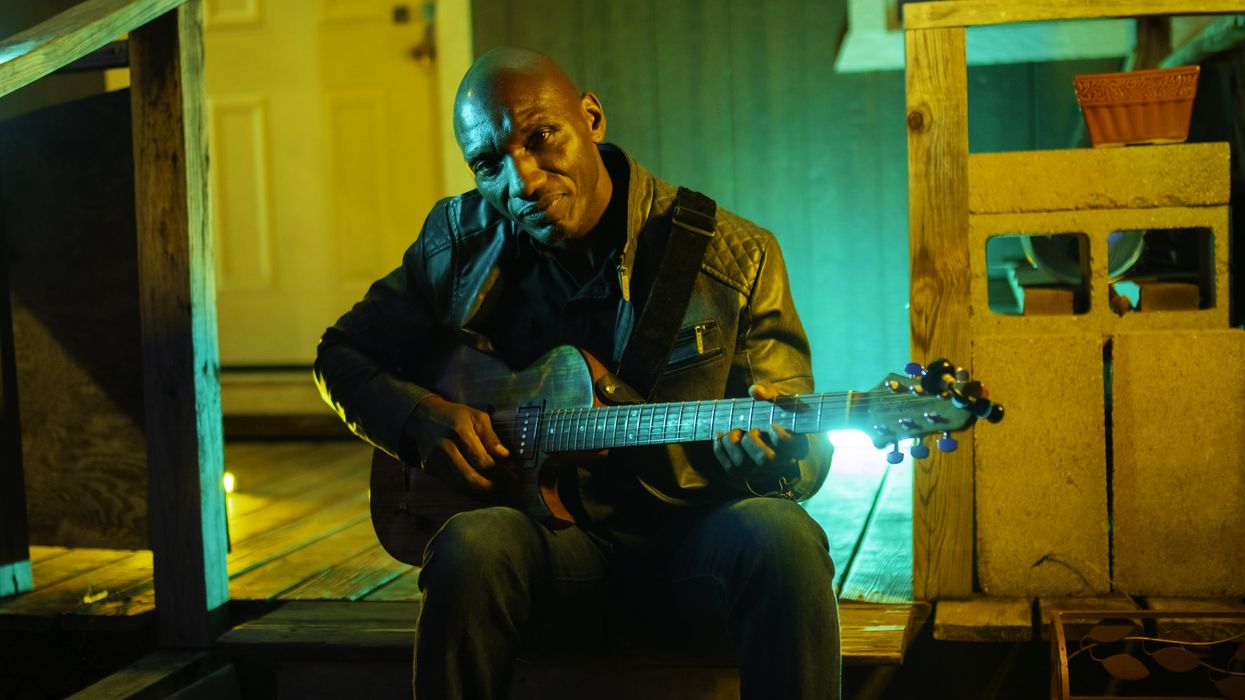What instruments should you bring to an acoustic performance? These days, with sonic innovations and the shifting definition of just what an acoustic performance is, anything goes.
I believe it was Shakespeare who wrote: “To unplug, or not to unplug, that is the question. Whether ’tis nobler in the mind to suffer the slings and arrows of acoustic purists, or to take thy electric guitar in hand to navigate the sea of solo performing.”
Four-hundred-and-twenty-four years later, many of us still sometimes face the dilemma of good William when it comes to playing solo gigs. In a stripped-down setting, where it’s just us and our songs, do we opt to play an acoustic instrument, which might seem more fitting—or at least more common, in the folksinger/troubadour tradition—or do we bring a comfy electric for accompaniment?
For me, and likely many of you, it depends. If I’m playing one or two songs in a coffeehouse-like atmosphere, I’m likely to bring an acoustic. But if I’m doing a quick solo pop up, say, as a buffer between bands in a rock room, I’m bringing my electric. And when I’m doing a solo concert, where I’ll be stretching out for at least an hour, it’s a hybrid rig. I’ll bring my battered old Guild D25C, a National tricone resonator, and my faithful Zuzu electric with coil-splitting, and likely my gig pedalboard, or at least a digital delay. And each guitar is in a different tuning. Be prepared, as the Boy Scouts motto states. (For the record, I never made it past Webelos.)
My point is, the definition of the “acoustic” or “coffeehouse” performance has changed. Sure, there are still a few Alan Lomax types out there who will complain that an electric guitar or band is too loud, but they are the last vestiges of the folk police. And, well, acoustic guitar amplification is so good these days that I’ve been at shows where each strum of a flattop box has threatened to take my head off. My band Coyote Motel even plays Nashville’s hallowed songwriter room the Bluebird Café as a fully electric five-piece. What’s key, besides a smart, flexible sound engineer, is controlling volume, and with a Cali76 compressor or an MXR Duke of Tone, I can get the drive and sustain I need at a low level.
“My point is, the definition of the ‘acoustic’ or ‘coffeehouse’ performance has changed.”
So, today I think the instruments that are right for “acoustic” gigs are whatever makes you happiest. Left to my own devices, I like my Guild for songs that have a strong basis in folk or country writing, my National for blues and slide, and my electric for whenever I feel like adding a little sonic sauce or showing off a bit, since I have a fluid fingerpicking hand that can add some flash to accompaniment and solos. It’s really a matter of what instrument or instruments make you most comfortable because we should all be happy and comfortable onstage—whether that stage is in an arena or theater, a club or coffeehouse, or a church basement.
At this point, with instruments like Fender’s Acoustasonic line, or piezo-equipped models from Godin, PRS, and others, and the innovative L.R. Baggs AEG-1, it’s worth considering just what exactly makes a guitar acoustic. Is it sound? In which case there’s a wide-open playing field. Or is it a variation on the classic open-bodied instrument that uses a soundhole to move air? And if we arrive at the same end, do the means matter? There is excellent craftsmanship available today throughout the entire guitar spectrum, including foreign-built models, so maybe we can finally put the concerns of Shakespeare to rest and accept that “acoustic” has simply come to mean “low volume.”
Another reason I’m thinking out loud about this is because this is our annual acoustic issue. And so we’re featuring Jason Isbell, on the heels of his solo acoustic album, a piece on how acoustic guitars do their work authored by none other than Lloyd Baggs, and Andy Fairweather Low, whose new solo album—and illustrious career—includes exceptional acoustic performances. If you’re not familiar with his work, and you are, even if you don’t know it, he was the gent sitting next to Clapton for the historic 1992 Unplugged concert—and lots more. There are also reviews of new instruments from Taylor, Martin, and Godin that fit the classic acoustic profile, so dig in, and to heck with the slings and arrows!